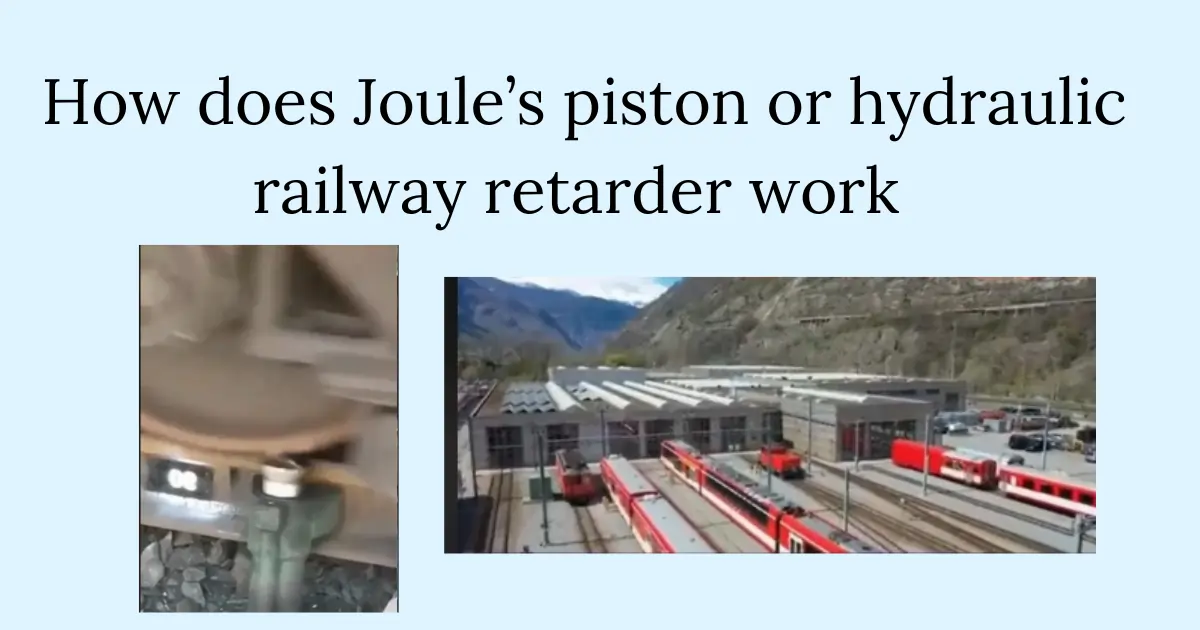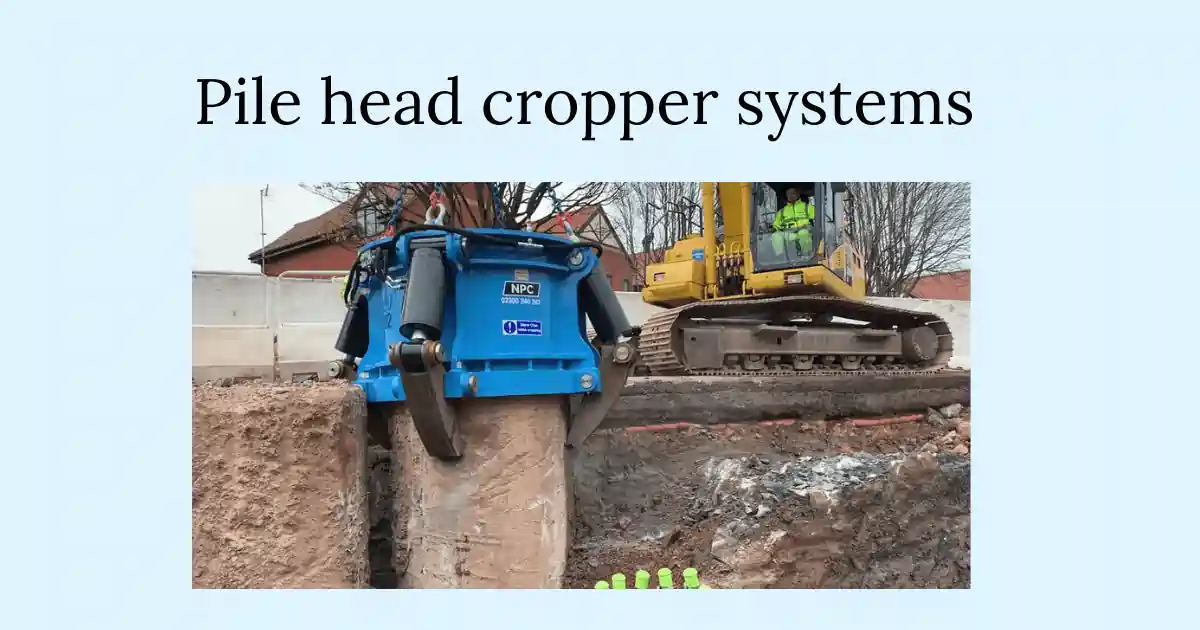Steel Fibre Concrete(SFC) Design: Enhancing Strength and Durability in Construction
Steel fiber concrete is a revolutionary material that has transformed the construction industry. The use of fibers in concrete has enabled the creation of structures that are more durable, ductile, and far more strong. Steel fiber concrete achieves this added strength and performance by limiting cracks and thereby increasing the ductility of the concrete. This … Read more










